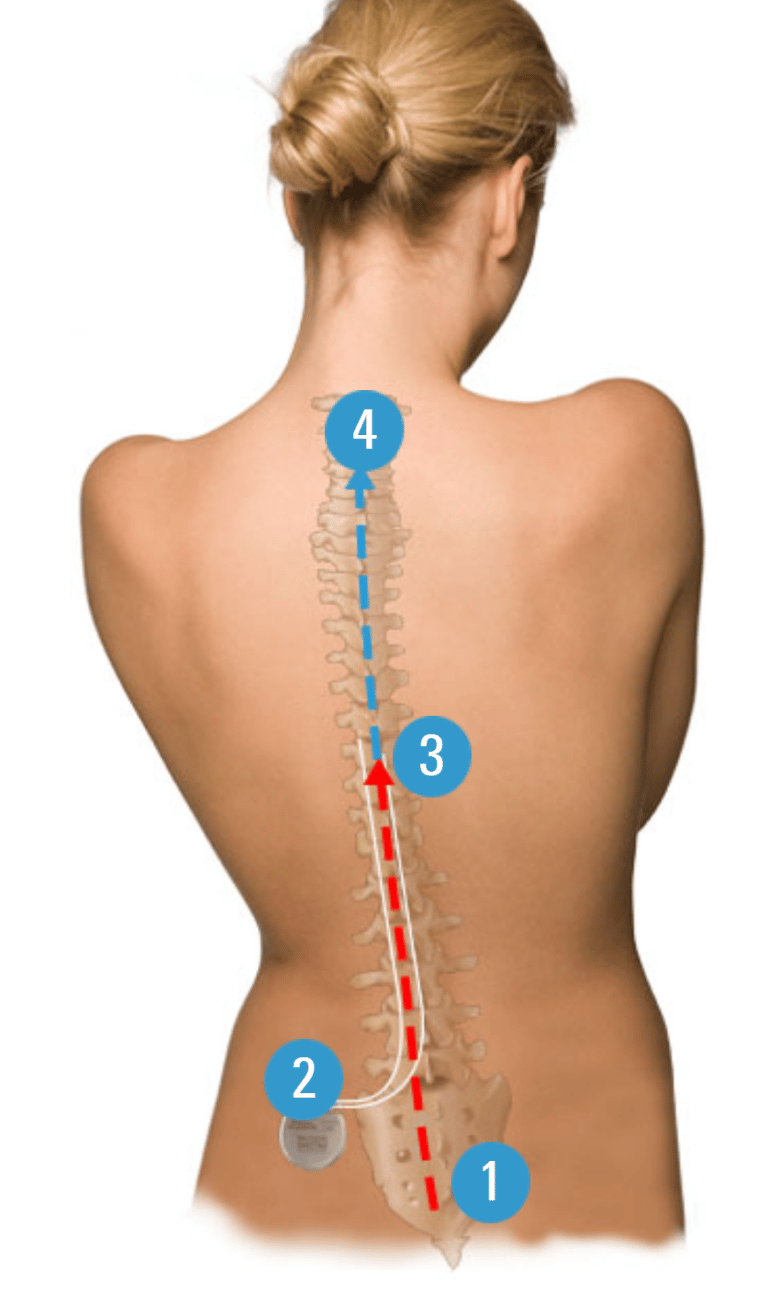

- #LIVING WITH A SPINAL CORD STIMULATOR GENERATOR#
- #LIVING WITH A SPINAL CORD STIMULATOR TRIAL#
- #LIVING WITH A SPINAL CORD STIMULATOR SIMULATOR#
#LIVING WITH A SPINAL CORD STIMULATOR TRIAL#
The surgery required for trial and implantation However, similar to the rechargeable implantable pulse generators, this one may be a good choice for patients with lower back and leg pain because of the power of the device.
#LIVING WITH A SPINAL CORD STIMULATOR SIMULATOR#
This simulator has rechargeable batteries. This simulator is not used much nowadays as newer and better technology is available. It involves a battery that is outside the patient’s body. This type of stimulator is a traditional design. This is best for lower back pain or pain in one or both legs. As the energy source is rechargeable, these simulators can generate more amount of electricity. The patient can also recharge the battery without needing another surgery. This involves a battery that is implanted in the patient’s spine during surgery. This can be more beneficial for patients with pain in only one body part as they need less energy to manage their pain. When the battery runs out, it must be replaced through another procedure. This consists of a battery placed in the patient’s spine through a surgical procedure.
#LIVING WITH A SPINAL CORD STIMULATOR GENERATOR#

Neuropathic pain seems to respond relatively well with the help of SCS

The remote and its antenna are outside the patient’s body. The spinal cord stimulator generates electrical impulses with the help of a remote control when patients feel pain.

The generator is positioned under the patient’s skin, typically near the abdomen or the buttocks. The electrodes are placed between the epidural space (the vertebrae) and the spinal cord. Spinal cord stimulators comprise of electrodes and a small pacemaker like device known as the generator. Pain decreases as the electrical pulses alter and mask the pain signals from reaching the patient’s brain. When the current is turned on, the SCS starts stimulating the nerves in the area where the patient feels pain. Thin wires transmit the electric current to the nerve fibres of the spinal cord from a pulse generator. The spinal cord stimulator (SCS) device generates a mild electric current to the spinal column.


 0 kommentar(er)
0 kommentar(er)
